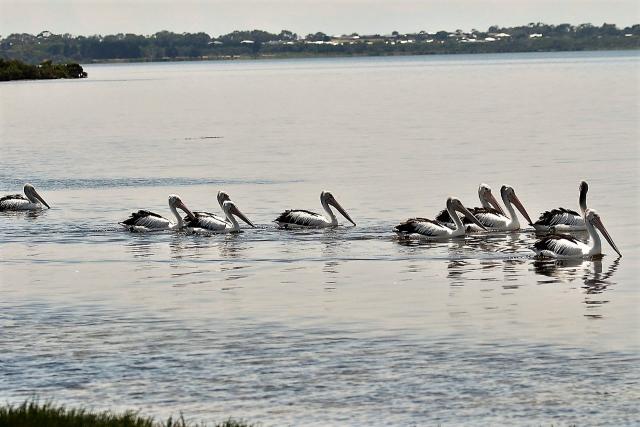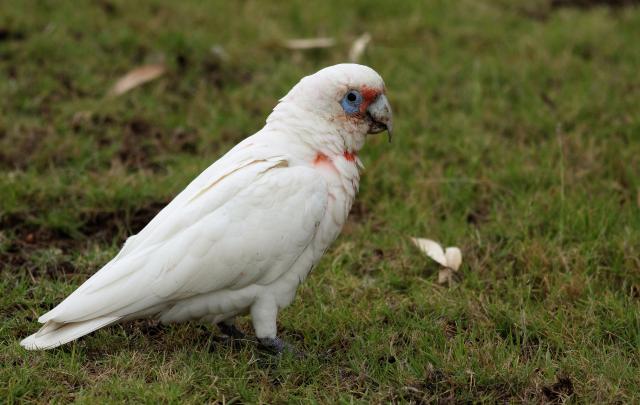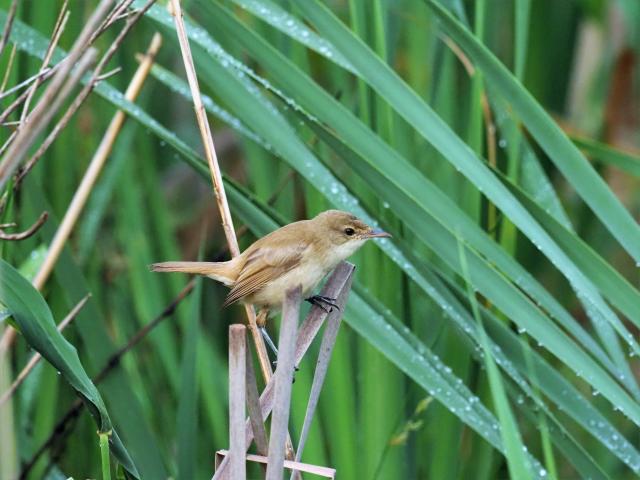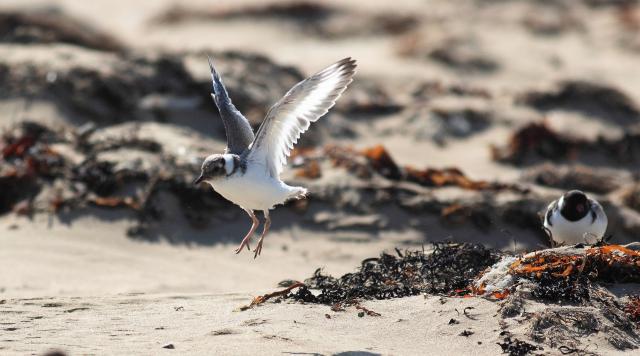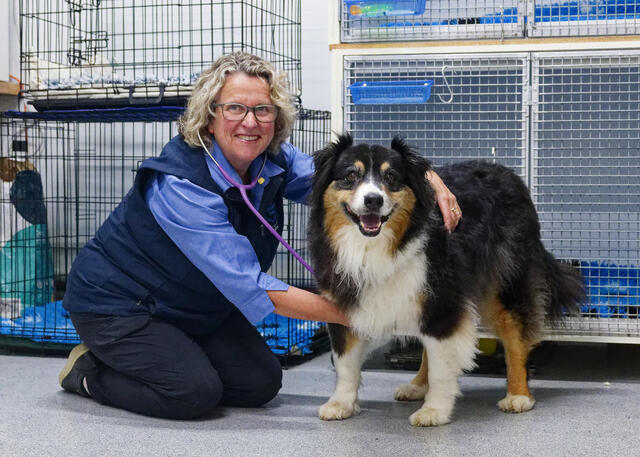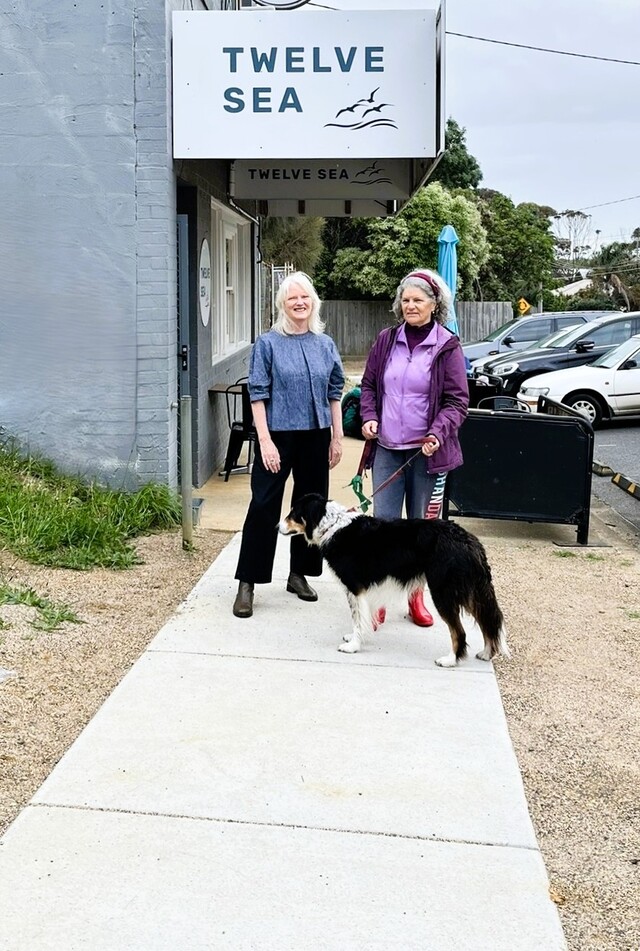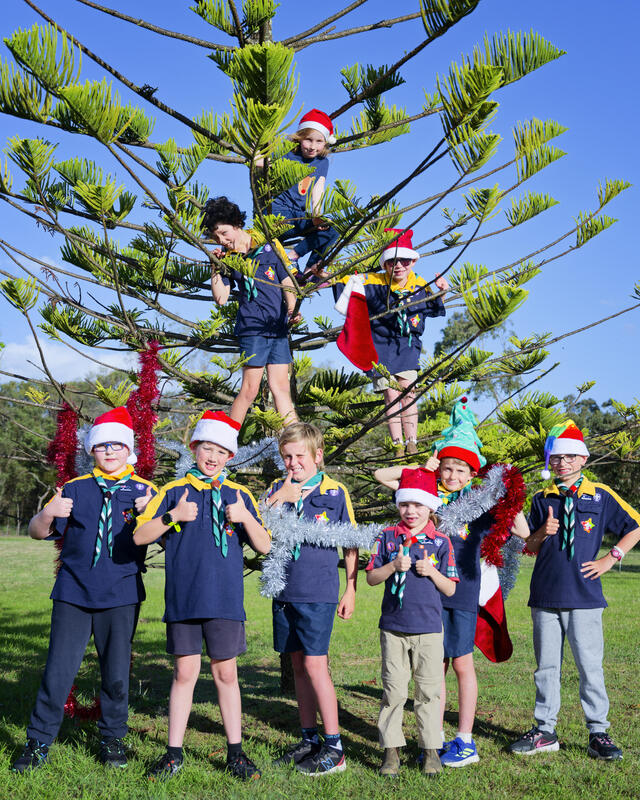Over the past few weeks residents of the Bellarine have experienced some wild storms and rain, and the weather has been unusually cool for this time of year, which has been perfect for being out and about.
I took a drive to Lake Murdeduke, near Winchelsea, with Pete from the Ocean Grove Nature Reserve.
I have seen some amazing birds there in the past, including a buff-breasted sandpiper, a ruff and a spotted harrier. We saw a small flock of migratory waders from a distance, so they were difficult to identify, and two immature brown falcons.
On the way home we had a quick look at Lake Modewarre, where there was only a small amount of water at the south side, and hence not many waterfowl around.
I had a lovely day at Western Treatment Plant with Tom Fletcher and Angus Hartshorn. The highlights were spotting at Latham’s snipe at the Borrow Pits, two black-tailed godwits, four common terns, and several white-winged black terns.
These tern species breed in the Northern Hemisphere and fly south to spend summer months in the Southern Hemisphere. Some white-winged black terns moult into breeding plumage while they are in Australia.
The white-winged black tern is one of the smallest and prettiest species of terns, and in breeding plumage has a red bill and legs, a black head and body, and the wings are grey.
The best news was that two hooded plover chicks fledged at 19W Raafs beach over the past few weeks. This a testament to the great work performed by volunteer wardens, residents, beach goers, and of course, most importantly, the parent hooded plovers.
When driving to work early in the morning I’ve noticed hundreds of corellas in Moolap and also in Leopold. There are two species of corella found on the Bellarine Peninsula, namely the little corella and long-billed corella.
Little corellas are mostly white, with a blue eye-ring and a pink patch between the eye and bill. In flight, a bright yellow plumage can be seen on the underwing and under the tail.
The long-billed corella is larger than the little corella and it also differs by having a red band across the throat, and the upper part of the bill being longer than the lower part. I noticed a small flock in Wallington, feasting on grass seeds, although most of the corellas around Moolap and Leopold seem to be little corella.
I received an email from Kevin, who visited Swan Bay Jetty, and saw 21 pelicans, 50 little pied cormorants, over 100 silver gulls, a lone little egret, and a few Caspian terns.
I received an email from Alan, who has been photographing birds around Blue Waters Lake. Alan observed lots of activity with seven white-faced herons festooned at different levels on adjacent trees on the south side.
Alan took a photograph of an Australian reed wWarbler. It has olive-brown plumage on the upper body, with white and golden coloured underparts and has a pale brown eyebrow.
Alan also photographed a rainbow lorikeet juvenile bird in a nesting hollow in the north-west corner of the lake, near the footbridge, being cared for by a pair of parent birds.

